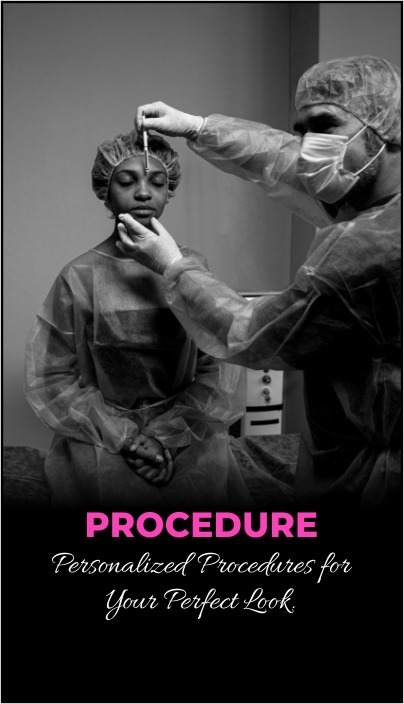

You don't have to leave your youthful good looks behind as you age. In the hands of a skilled, board-certified cosmetic surgeon, you can counteract the effects of time and gravity and restore the naturally vibrant appearance you remember from years ago, or even address the early signs of aging before they take hold. Learn more about facelift surgery below.
Facelift surgery, also known as rhytidectomy, lifts and firms sagging facial tissues to restore a more naturally youthful facial appearance. It is often said that having a facelift works to “turn back the clock,” helping a patient look like a younger version of him or herself. By removing excess, sagging skin, smoothing deep folds, and lifting and tightening the deep facial tissues, rhytidectomy can help a patient look not just younger, but simply “better.”

As we age, skin begins to lose elasticity, and facial tissues lose volume. Eventually, this results in “jowls” on the lower face, deep wrinkles, and loose skin on the neck. While this is a natural part of growing older, patients who are bothered by these signs of aging may find a facelift to be a good solution. If any of the following describe you, rhytidectomy is an option to consider:
Following a facelift, patients frequently experience an upsurge in self-confidence, as their appearance better portrays their healthy, energetic vibe. A facelift can give you a look that better reflects your vibrant self.
Rhytidectomy is a complex procedure that requires extensive knowledge in facial anatomy, a very specific skill set of surgical techniques, and a highly-developed eye for aesthetic detail. Not all physicians who practice cosmetic surgery receive training in facelift surgery in their residency training, so it’s important to do your homework before choosing a facelift surgeon.
When consulting with potential cosmetic surgeons, discuss their specific training and experience in facial cosmetic surgery. Also, find out how many facelift surgeries each has performed, and be sure to look at plenty of before and after photos during your consultation—this will help you get a feel for a cosmetic surgeon’s aesthetic style. Men considering facelift surgery should make sure a cosmetic surgeon has experience performing facelifts for male patients; the anatomy of the male face is unique from a woman’s and requires a knowledgeable approach.
Prioritize Patient Safety: Choosing a board-certified cosmetic surgeon ensures that your surgeon is specifically trained and experienced in cosmetic surgery, including rhytidectomy techniques, and that your procedure will be performed in an accredited surgical facility. Get helpful tips on choosing a cosmetic surgeon.
Look at their Results: Finally, look at before and after photos, paying special attention to the results of patients whose faces look similar to yours before surgery—this will help you get an idea for that surgeon’s aesthetic sensibility.
Facelift surgery is individualized to a patient’s needs, and a cosmetic surgeon will tailor their techniques accordingly.
Patients who exhibit a mild degree of jowling and sagging skin are often good candidates for a mini-facelift. This is a less invasive technique that allows a cosmetic surgeon to tighten deep facial tissues through shorter incisions, typically located along the hairline above each ear and/or in the natural creases surrounding the ear. Through these incisions, structural tissues around the cheeks are lifted and tightened to correct jowling, refine the jawline, and rejuvenate a “tired” appearance.
Depending on the case, a mini-facelift may be performed using local anesthesia with sedation or general anesthesia; your cosmetic surgeon will recommend the best option for your individual needs. A mini-facelift can help you address unwelcome signs of aging before they become too pronounced, postponing the need for more extensive surgery for many years.
